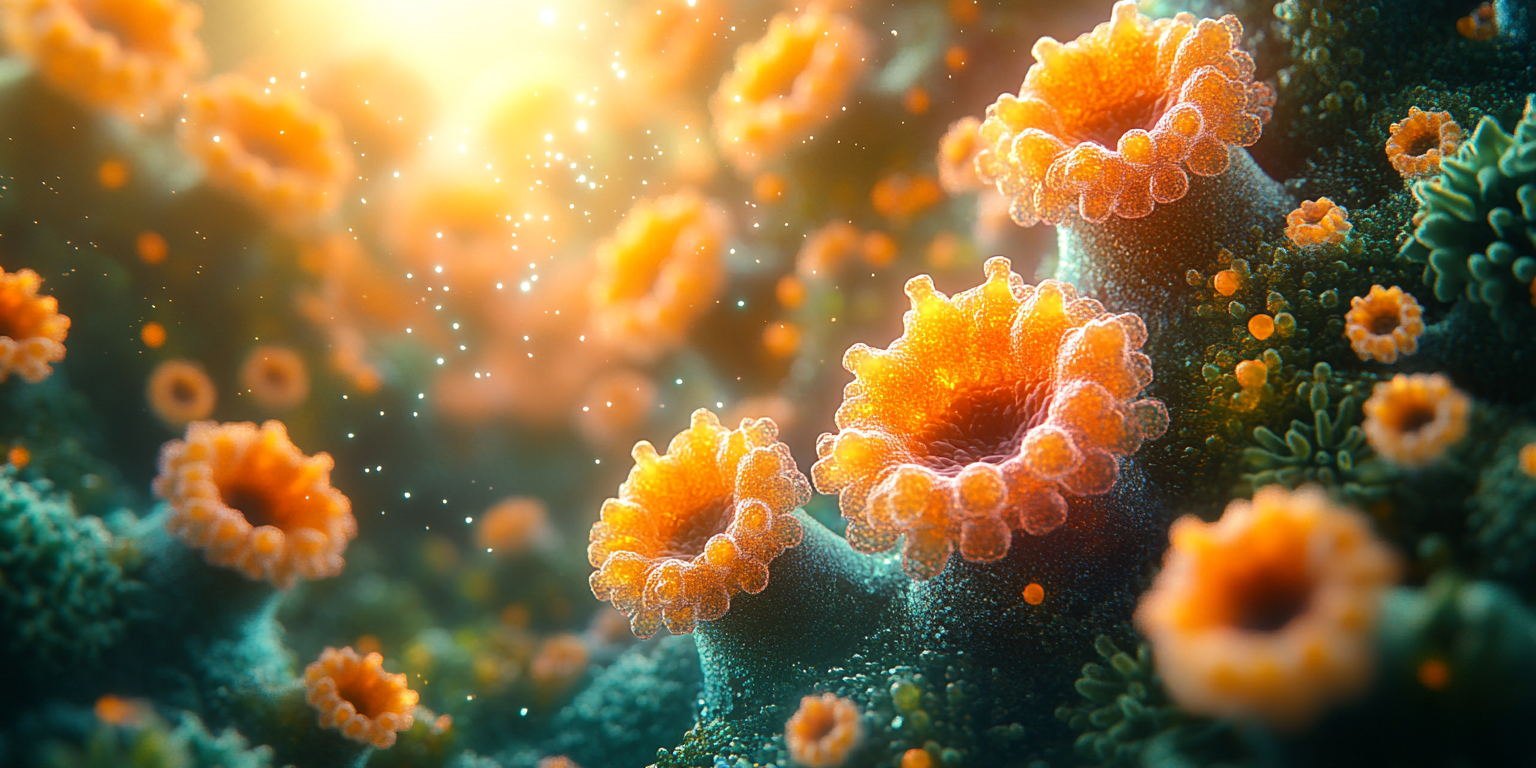Introduction to Syntrophic Bioremediation Engineering
Syntrophic Bioremediation Engineering (SBE) is a groundbreaking field that combines advanced microbiology, ecological engineering, and synthetic biology to create highly efficient, self-sustaining ecosystems for environmental cleanup. This innovative discipline aims to harness the power of microbial communities working in perfect synergy to tackle complex pollution problems and restore damaged ecosystems.
As we face unprecedented environmental challenges, SBE emerges as a beacon of hope, promising to revolutionize our approach to pollution control and ecosystem restoration. By designing and deploying carefully engineered microbial consortia that engage in mutually beneficial metabolic interactions, this field has the potential to clean up even the most recalcitrant pollutants, regenerate soil health, and even terraform hostile environments on Earth and beyond.
Fundamental Principles of Syntrophic Bioremediation Engineering
At its core, SBE operates on the principle of syntrophy - the mutually beneficial metabolic interactions between different microbial species. This involves creating artificial microbial ecosystems where the waste products of one species serve as essential nutrients for another, forming a closed-loop system that can efficiently break down complex pollutants.
A key concept is metabolic complementarity, where engineered microorganisms with different but complementary metabolic capabilities are combined to tackle multi-step degradation processes. This allows for the breakdown of pollutants that no single species could manage alone.
Another fundamental aspect is the integration of synthetic biology techniques to enhance and optimize these syntrophic relationships. This includes designing genetic circuits that allow for fine-tuned regulation of metabolic pathways and inter-species communication, ensuring optimal cooperation within the microbial consortium.
Groundbreaking Applications
One of the most promising applications of SBE is in the remediation of complex chemical pollutants, such as persistent organic pollutants (POPs) and heavy metals. By creating syntrophic communities specifically tailored to each pollution scenario, SBE could offer more effective and eco-friendly alternatives to traditional chemical treatment methods.
In the realm of soil restoration, SBE offers the potential to rejuvenate degraded agricultural lands. Engineered syntrophic communities could enhance nutrient cycling, improve soil structure, and even protect crops from pathogens, potentially revolutionizing sustainable agriculture practices.
Another groundbreaking application lies in environmental terraforming. SBE could be used to create self-sustaining ecosystems in hostile environments, such as desert regions or even extraterrestrial habitats. By carefully designing syntrophic communities that can thrive in extreme conditions, we could potentially prepare environments for human habitation or restore ecosystems damaged by climate change.
Ethical Considerations and Challenges
As with any technology that involves releasing engineered organisms into the environment, SBE raises important ethical considerations. The potential for unintended ecological consequences, such as disruption of native microbial communities or unexpected evolutionary trajectories, must be carefully evaluated. It will be crucial to develop robust containment strategies and comprehensive ecological impact assessments before deploying SBE solutions in open environments.
A significant challenge in the field is the complexity of designing and maintaining stable syntrophic communities in variable real-world conditions. Ensuring that engineered consortia remain effective and don't evolve in undesirable ways over time presents considerable technical hurdles. Additionally, scaling up laboratory-proven solutions to address large-scale environmental problems will require innovative approaches to bioengineering and ecological modeling.
Societal Impact and Future Outlook
The emergence of SBE has the potential to revolutionize our approach to environmental remediation and ecological restoration. As the field matures, we can expect to see a paradigm shift in how we address pollution and land degradation, moving from reactive, chemical-based approaches to proactive, biology-based solutions that work in harmony with nature.
In the long term, SBE could have far-reaching implications for global sustainability and even space exploration. The ability to engineer self-sustaining ecosystems could be crucial for establishing human settlements on other planets or for adapting to dramatically altered environments on Earth due to climate change.
Looking to the future, research directions in SBE are likely to focus on developing more sophisticated modeling tools for predicting syntrophic interactions, exploring the potential for incorporating engineered syntrophic communities into urban infrastructure for continuous environmental maintenance, and investigating the use of SBE in carbon sequestration and climate change mitigation strategies.
Career Paths and Educational Requirements
For those aspiring to pioneer the field of SBE, a multidisciplinary education is essential. A strong foundation in microbiology, ecology, and genetic engineering is crucial. Advanced degrees in fields such as environmental biotechnology, synthetic biology, or ecological engineering, complemented by a deep understanding of systems biology and bioinformatics, would be highly valuable.
Universities are beginning to offer specialized programs that bridge environmental science and synthetic biology. Aspiring syntrophic bioremediation engineers should also develop skills in advanced bioinformatics, ecological modeling, and potentially in situ sensing technologies for monitoring microbial ecosystems.
As this innovative field evolves, there will be increasing demand for visionaries who can design complex microbial ecosystems and implement them in real-world environments. Career opportunities may emerge in environmental remediation companies, agricultural biotechnology firms, space agencies interested in terraforming technologies, and research institutions focused on global sustainability. The ability to design and optimize syntrophic microbial communities, interpret complex ecological data, and develop innovative solutions for pressing environmental challenges will be crucial for success in this transformative and potentially world-changing field.

Comments